Discovering Cinnamon
Herbal Monograph
Cinnamon / Cinnamomum Spp.
Otherwise known as: Sanskrit Tvak– meaning “The skin”, Ceylon, True cinnamon
Plant family: Lauraceae
What parts do we use? Bark
Where did this plant originate? Cinnamon is native to Sri Lanka, but is commonly curated in South America, the West Indies, and Myanmar.
Astrology and Energy: Cinnamon is guided by Masculine energy and associated with the element of Fire, the Sun, the planet Mars, and the sign of Aries.*
Cinnamon’s Botanical Description:
What is a Botanical Description?
A botanical description is a breakout of each part of the plant, so you can identify it in the wild!
BARK
Cinnamon bark is thin, light pink-brown and about 10 mm thick. Super aromatic! The bark on younger shoots is smooth, pale, and brown. On older branches the stems are rough and brown-grey. *
LEAVES
The leaves are stiff, opposite, and somewhat variable in their shape and size. They are strongly aromatic! With age they are shiny and dark green. *
FLOWERS
Cinnamon flowers are small, creamy white, or pale yellow in colour, they droop slightly. The flowers are followed by ovoid, 0.5" long fruits that mature from green to black.*
BARK - QUILS
The inner bark of the Cinnamon tree is cut away, polished, stretched, layered and hand-rolled into quills that are trimmed and dried. From there, quills become quillings (smaller pieces 5 to 20 cm long), or featherings (small, twisted pieces), or chips (trimmings of bark or quills), and powder (from different grades of bark). *
Let’s learn about Cinnamon’s Herbal Actions
Herbal Actions are ways we categorize the potential function of the plant medicine in the body. Often times plants have many herbal actions which is what makes them so amazing and what makes asking what “herb works for X medical condition” a benign question. Instead, we use the concept of herbal actions to help us create balanced formulas and to help us understand the magical and medicinal potential of the plant.
Cinnamon’s Herbal Actions are:
Aromatic
digestive stimulant
astringent
carminative
hypoglycemic
relaxant
antibacterial
antifungal
antiviral
Cinnamon’s Key Constituents are:
Key Constituents are another way of saying the parts of the plants and what they offer for the body.
In Cinnamon, we find the following Key constituents
Cinnamon has a volatile oil (up to 4% consisting of cinnamaldehyde, cinamyl acetate, cinnamyl alcohol, cuminaldehyde, eugenol, and methyleugenol), tannins, cinnzelanin, cinnzelanol, coumarin, and methylhydroxychalcone polymers
sourceLet’s learn about Dosing
Dosing is how much of the medicine you can take safely and effectively. Now, the fun part is dosing is going to vary from person to person and depend on so many different factors but there are general guidelines that each version of a medicine will follow and then you can adjust from there based on how YOU feel the medicine is working. One bit of information that would shape this would be any safety considerations.
Most commonly, cinnamon is used as a seasoning for foods and beverages. Including medicines in your diet is a delicious way to take your medicine. Don’t be afraid to sprinkle cinnamon in your coffee, add it to your tea, or add it to meat dishes for a mediterranean take!
If you’re taking a tincture with cinnamon, consult your Clinical Herbalist.
Let’s learn about Safety Concerns
Safety concerns are warnings that you might need to head about the plant medicine in question. Sometimes safety concerns can be confusing because we rely on scientific studies to tell us if a plant is safe to consume or not. This can be a really helpful tool, but we must also keep in mind that scientific studies are inherently biased, influenced by politics, and do not tend to test on vulnerable populations like pregnant or breastfeeding women, and babies and children. So, as always, please do your own research to make an informed decision for yourself and your family.
When researching, the phrase contraindications for _______________ (name of plant) will bring up any concerns and also drug interactions this plant may have.
Cinnamon is a very safe herb to take in regular doses. Of course, like a lot of plants, if you take an absurd amount, you can do damage to your body, so stay safe. As always, I do not recommend ingesting essential oil.





